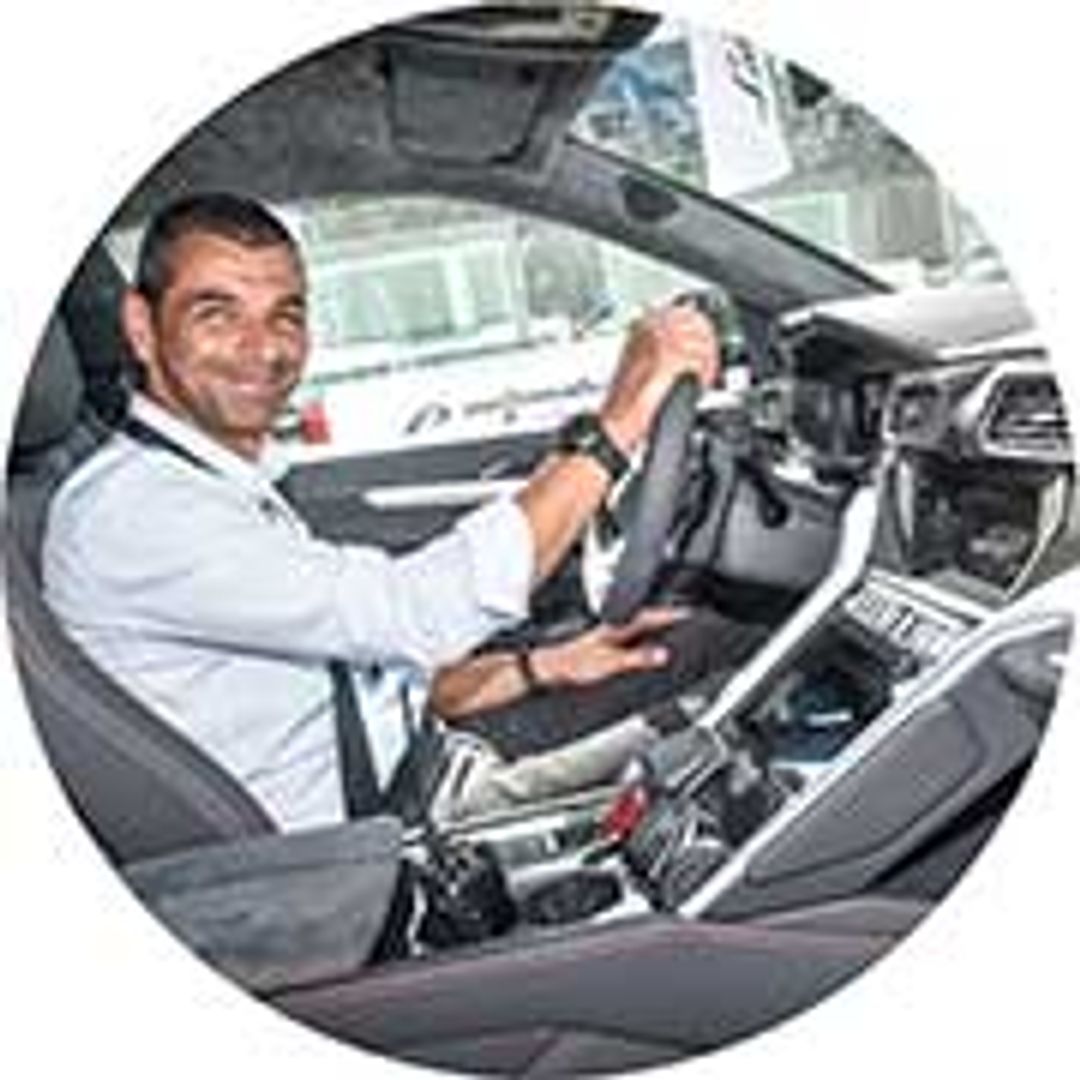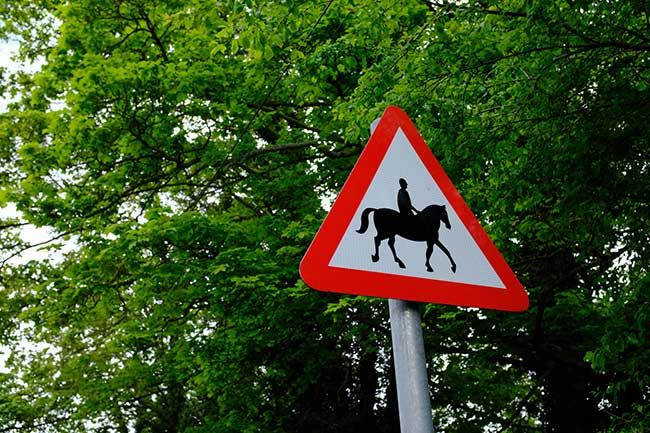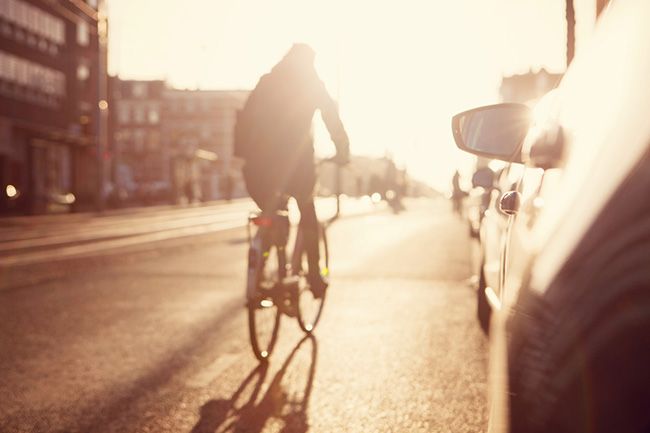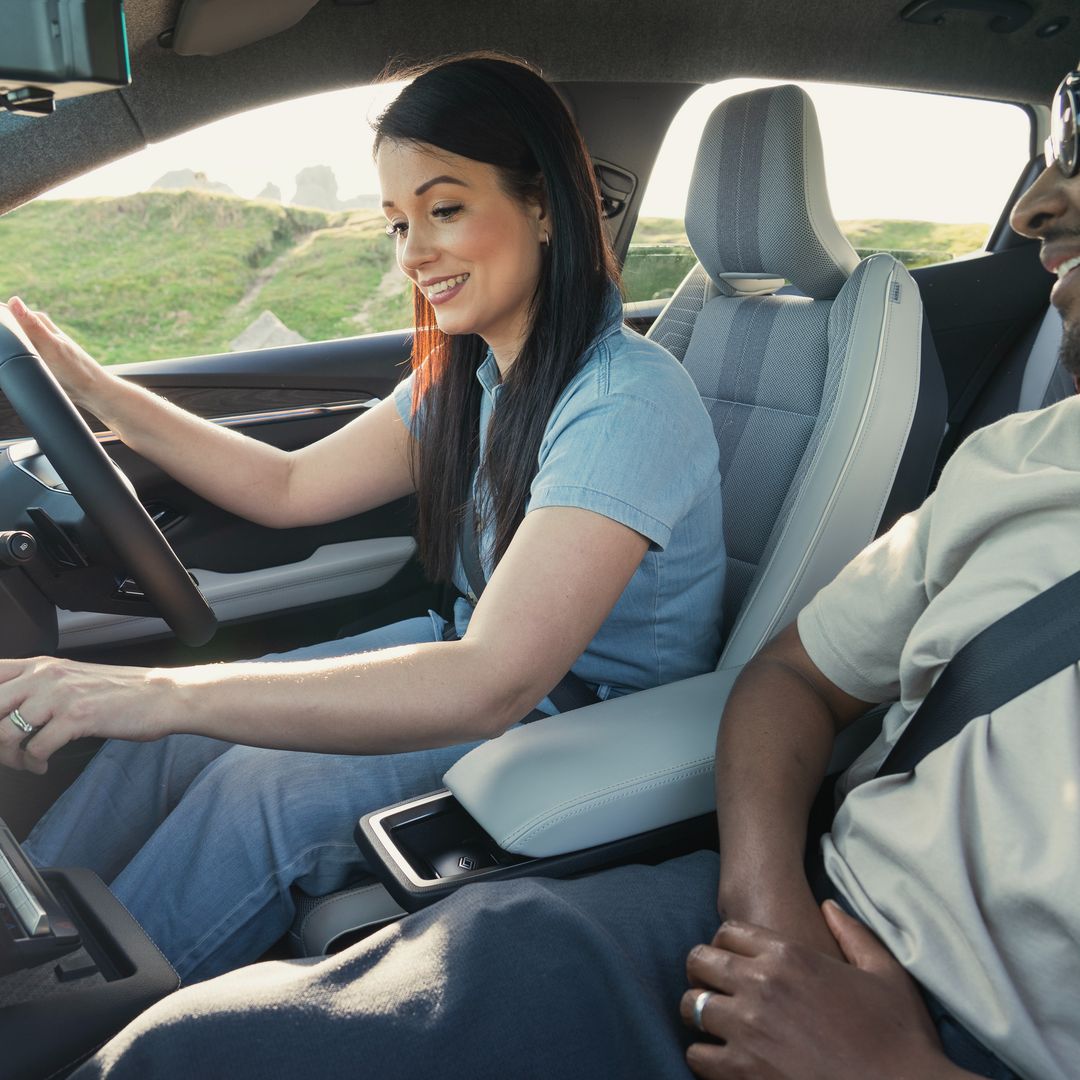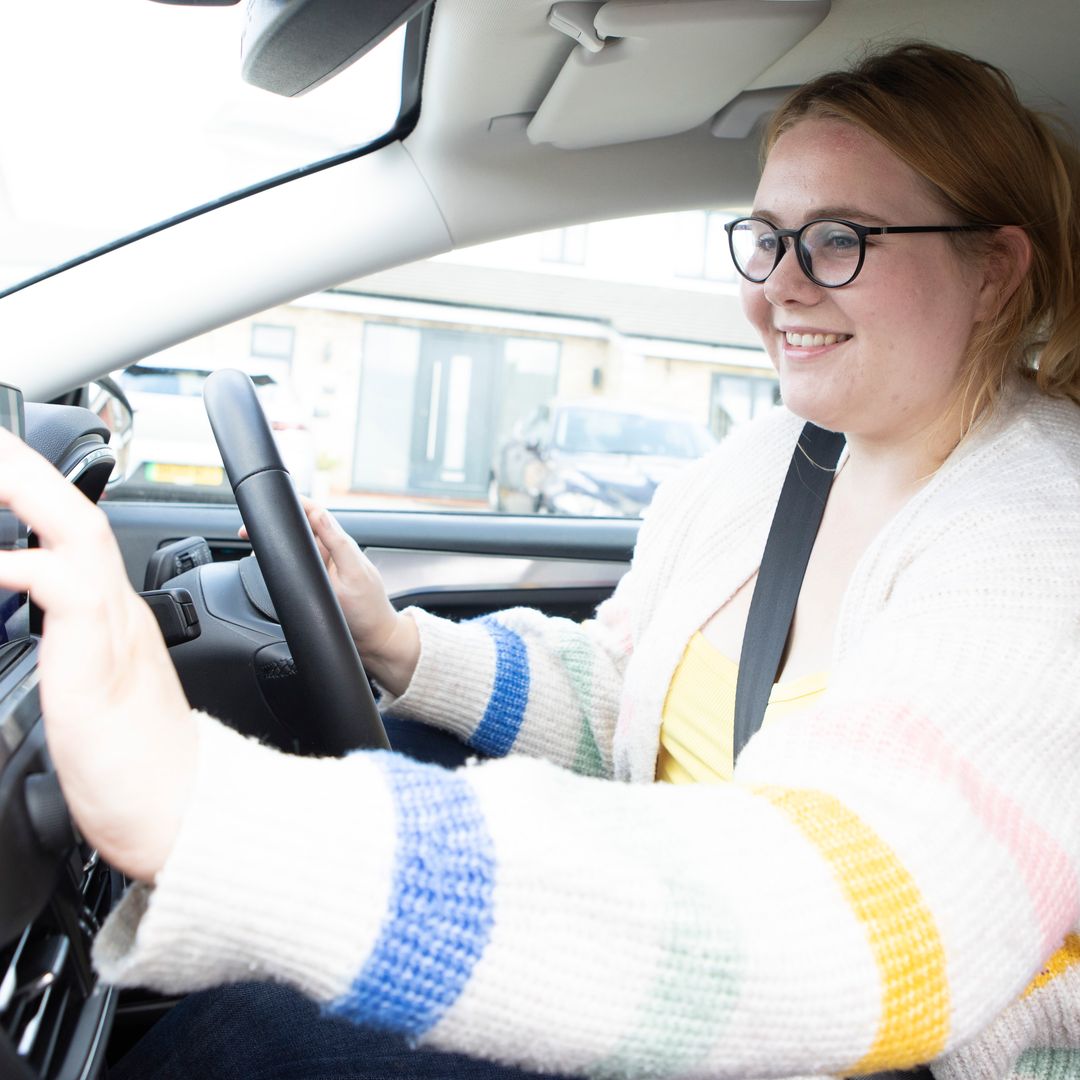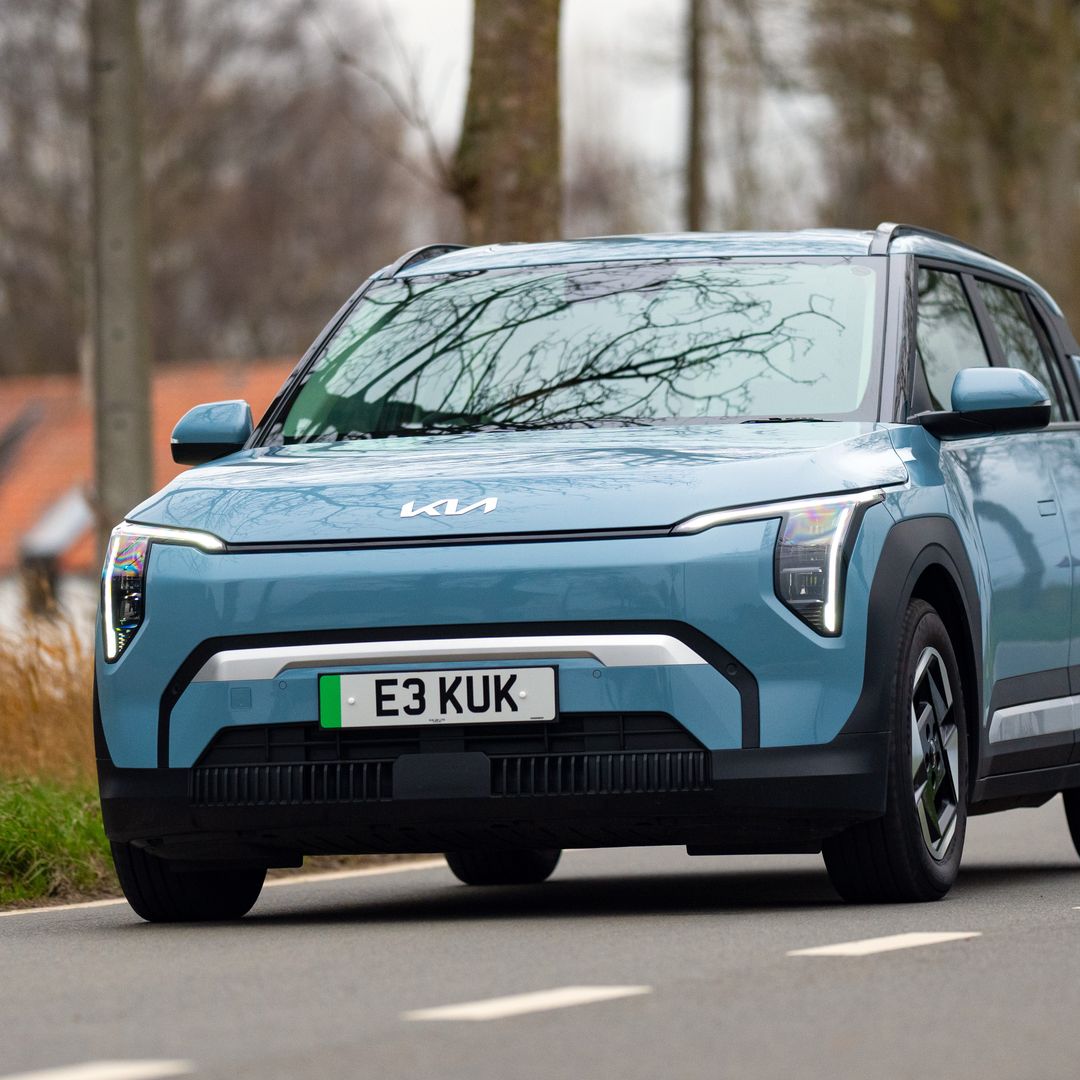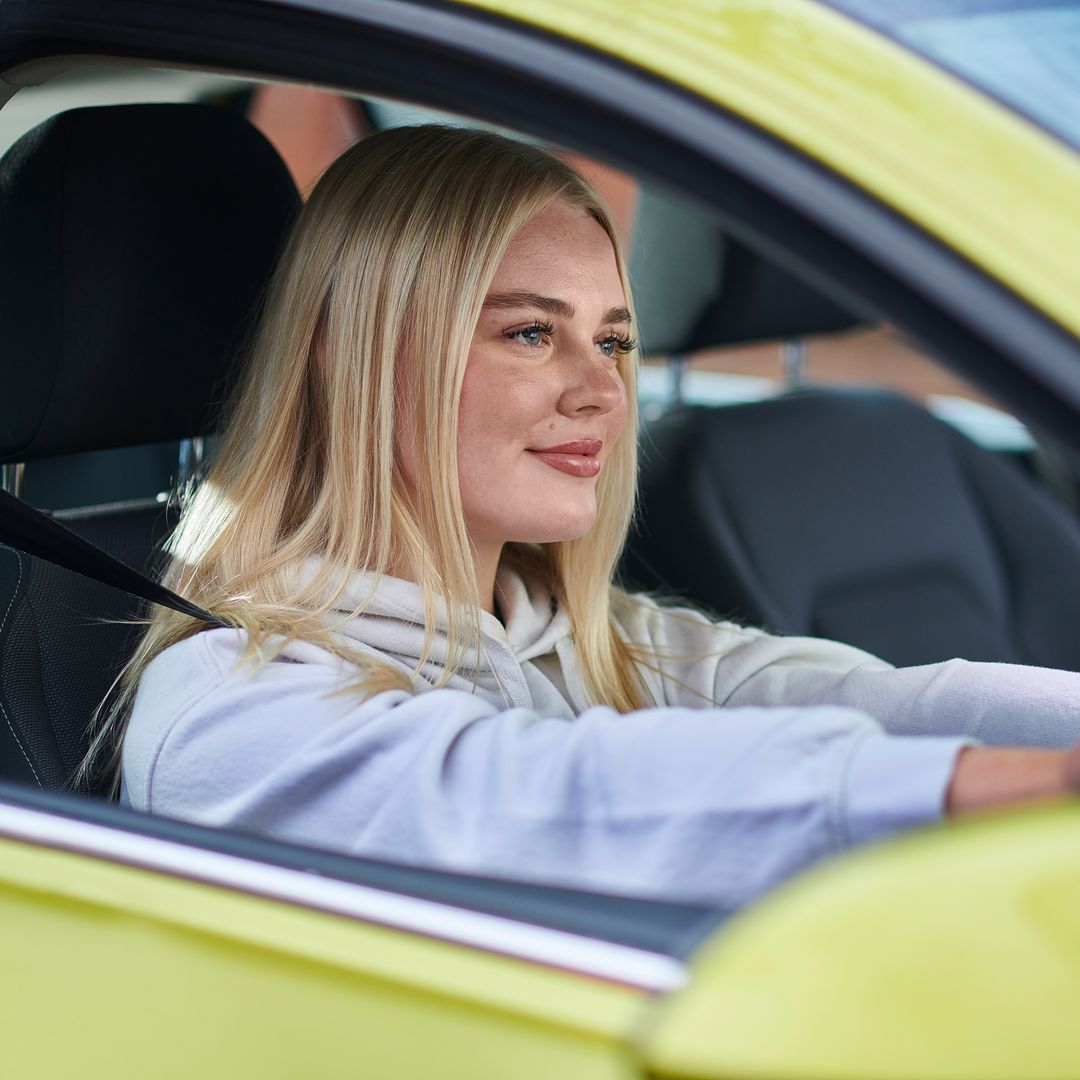Mark January 29 2022 in your diary, as it’s the date that a revamped version of the UK Highway Code comes into force. Aimed at providing better protection for vulnerable road users, like cyclists and pedestrians, the new rules mean some small but important changes for drivers and car users.
Many of the changes to the code are legal requirements, and to disobey these rules is to commit a criminal offence. Others are advisory, but it's worth remembering that the Highway Code can be used in court to establish liability in the event of an accident under the Road Traffic Act.
READ: 10 new car launches we're excited about in 2022
There’s no denying that some of the new driving rules have caused confusion, and we’ve highlighted 9 of the changes that you need to know about.
1. Hierarchy of road users
The revised Highway Code establishes a 'hierarchy of road users', which means those who pose the greatest risk to others have a higher level of responsibility. The ranking places pedestrians, cyclists and horse Riders at the top, followed by motorcyclists, cars/taxis, vans/minibuses with buses/trucks at the end.
In other words, the onus is on drivers of vehicles that can cause the most harm to make sure that all other road users are safe. In the same way, all horse-riders and cyclists now have a responsibility to reduce any possible danger to pedestrians.
2. Priority for cyclists when cars are turning
Nearly three-quarters of crashes involving cyclists take place at junctions, according to Cycling UK. The revamped Highway Code states that drivers should not turn at a junction if it will cause a cyclist, horse rider or horse-drawn vehicle to stop or swerve. They should be able to continue travelling straight ahead. You should stop and wait for a safe gap if necessary. Another new element says that in slow-moving traffic, drivers should allow pedestrians and cyclists to cross in front of them.
3. More visibility for cyclists
As a driver, expect to see more cyclists riding in the middle of the lane rather than sticking to the kerb, especially when approaching junctions or on narrow sections of roads, where an overtaking car would cause danger. This is a change to the code, but it’s not new guidance.
For years, cyclists have been advised to take what is known as the “primary position” at such moments. There is also a clarification that cyclists are allowed to ride two abreast – and that it is often safer for them to do so.
4. Overtaking vulnerable road users
Drivers should give motorcyclists, cyclists, horse riders and horse-drawn vehicles at least as much room as they would when overtaking another car. Motorists are also advised to leave at least 1.5 metres when overtaking cyclists at speeds of up to 30mph - and give them more space when overtaking at higher speeds.
Horses should be passed at speeds under 15mph and with at least a two-metre gap. Drivers should also allow at least two metres when overtaking a pedestrian walking in the road (ie. where there is no pavement) and should do so at a low speed.
READ: 10 ways to prepare your car for its MOT - and save money
5. How to navigate a roundabout
One of the most hotly debated changes being introduced is a new rule for drivers using a roundabout at the same time as a cyclist. Drivers must now give priority to cyclists on roundabouts and not cut across their path.
Rule 186 states: "Give them plenty of room and do not attempt to overtake them within their lane. Allow them to move across your path as they travel around the roundabout. "Cyclists, horse riders and horse drawn vehicles may stay in the left-hand lane when they intend to continue across or around the roundabout and should signal right to show you they are not leaving the roundabout.
"Drivers should take extra care when entering a roundabout to ensure that they do not cut across cyclists, horse riders or horse drawn vehicles in the left-hand lane, who are continuing around the roundabout."
6. Give way at crossings
Motorists should also give way to pedestrians waiting at a zebra crossing. The current rule says that it is only if they are already crossing. You should also give way to pedestrians and cyclists waiting to cross a parallel crossing.
7. Safer way to open doors
According to Cycling UK, 35% of drivers admit to not looking for cyclists before opening their car door. The revised Highway Code recommends that drivers and other occupants of cars should use the ‘Dutch Reach’ method to avoid cyclists being ‘doored’.
'Dutch Reach' is a simple change of habit. Instead of using the hand closest to the door, it means reaching across to open the door with the hand furthest from the door - your left hand if you're the driver. This naturally turns your body towards the window, helping you spot approaching cyclists.
8. Cyclists must be courteous too
This should be happening anyway, but cyclists are reminded that they should give way to pedestrians on shared pathways, and to horse riders on bridleways.
READ: 9 ways to be a safer driver
RELATED: What does your car colour say about you?
9. Cycle lane changes
A new rule advises drivers that cyclists don’t have to use cycle lanes or cycle tracks (a common misconception), but that when they do drivers should give way to them when turning or changing lane, including when a cyclist is approaching in the cycle lane or track from behind the driver. There is also specific advice to drivers to be prepared to stop and wait for a safe gap in the flow of cyclists before crossing the cycle lane or track.
Like this story? Sign up to our newsletter to get other stories like this delivered straight to your inbox.

